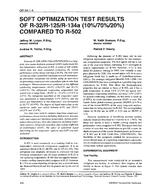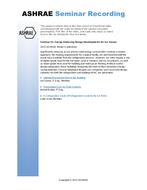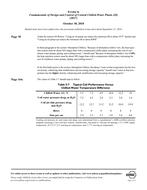Click here to purchase
For building energy simulation, a weather file is needed with information on the ambient conditions on an hour-by-hour basis for an entire year. Because of the stochastic variations in weather conditions, “typical-year” weather files have been developed that are extracted from many years of historical weather data, often from the most recent 15-30 years of historical weather data. For the US, the National Renewable Energy Laboratory (NREL) has developed TMY3 (Typical Meteorological Year Version 3) weather files for 1020 locations (Wilcox and Marion 2008). There are similar typical year data sets of 60 to 200 locations for Canada, Western Europe, Australia, Japan, and China (Numerical Logics 1999, Lund 1999, DEWR Australia 2006, Akasaka 2000, CMB and Tsinghua Univ. 2005). However, obtaining these data and converting them to formats suitable for commonly used US computer simulation programs has been problematic, although this has been greatly facilitated recently by DOE’s EnergyPlus Weather web site (DOE 2009)1. Furthermore, there are many other locations around the world for which the availability of weather files is more scarce. In 2001, ASHRAE developed the IWEC (International Weather for Energy Calculations) weather files for 227 non-North American locations (Thevenard et al. 2002). The coverage, however, remains spotty, and requests for international weather data frequently appear on building simulation bulletin boards.The availability of raw weather data on the Web has expanded tremendously over the past several years, making it now possible to create hourly weather files for building energy simulations covering far more international locations than even contemplated previously. In particular, after the National Climate Data Center (NCDC) made the International Surface Hourly (ISH) data base available on the Web in 2006, there is now access to nearly 12,000 locations around the world with detailed weather data extending back to 1980’s, and even further in some cases. There are large variations in both the quality and quantity of that weather data, which the National Climate Data Center has been archiving under an agreement with the WMO. Based on a preliminary tabulation of file sizes, the contractor estimated there were at least 2,500 international (non-US/Canada) locations with sufficient amounts of data to warrant the creation of — typical year weather files.
Product Details
- Number of Pages:
- 89
- File Size:
- 1 file , 3.6 MB
- Product Code(s):
- D-RP-1477
- Note:
- This product is unavailable in Russia, Belarus


